Lumenera Blog - Did you Know

Image Processing With Focus Stacking and Image Stitching
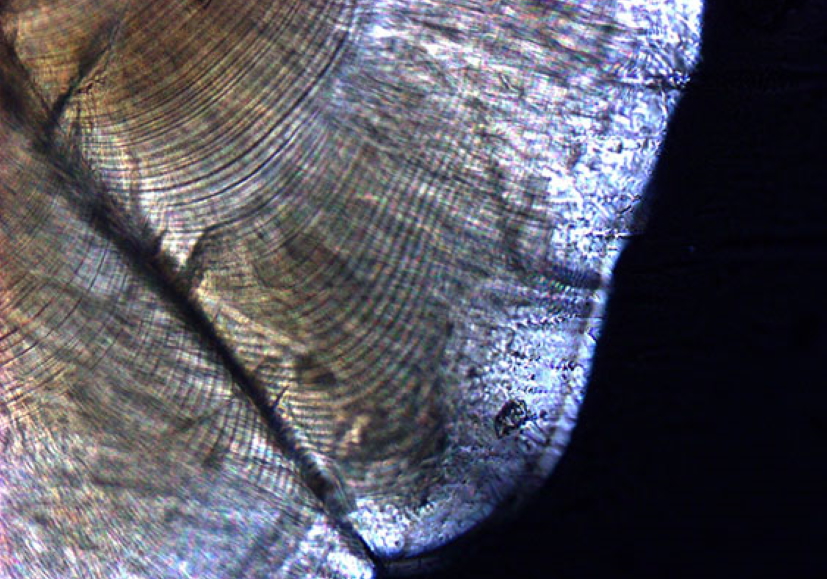
Analyzing Fish Scales Through Microscopy to Determine Aquatic Health

Six Optical Aberrations That Could be Impacting Your Vision System
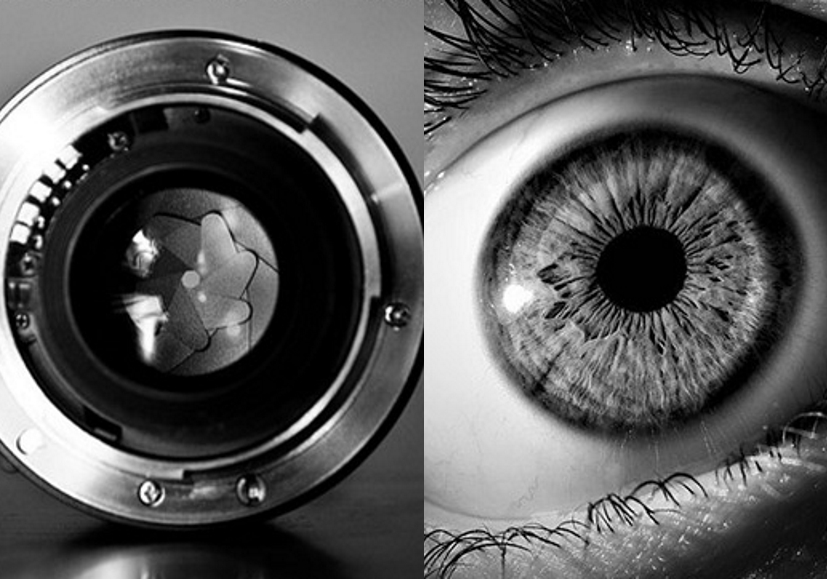
Improving Imaging System Performance with Lens Aperture Optimization
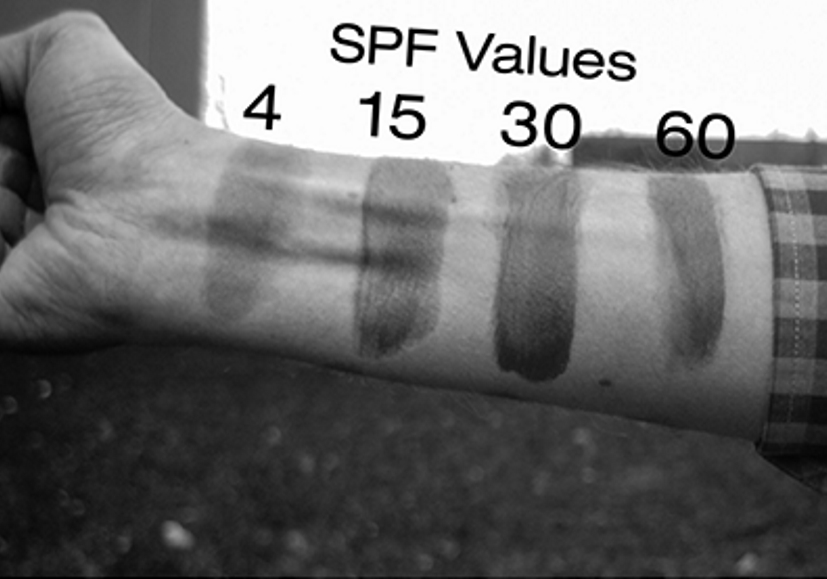
How Imaging with Ultra Violet Light Reveals Hidden Details
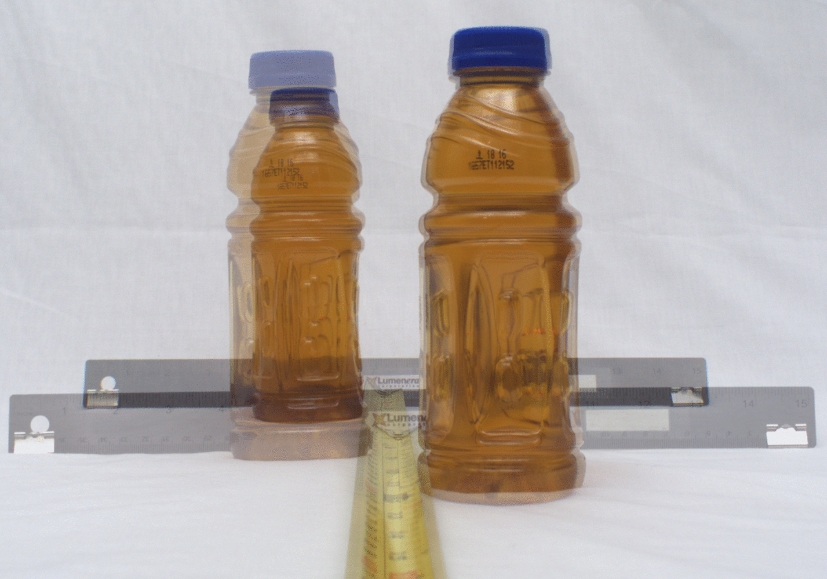
The Impact of a Lens’ Focal Length on a Vision System
Selecting a lens for a vision system plays a crucial part in the overall behavior of the system. Not only will it dictate your field of view and depth of field, but it can also have implications on your machine vision algorithms and rules. Let’s explore the impact that the lens’s focal length can have on a system using machine vision.
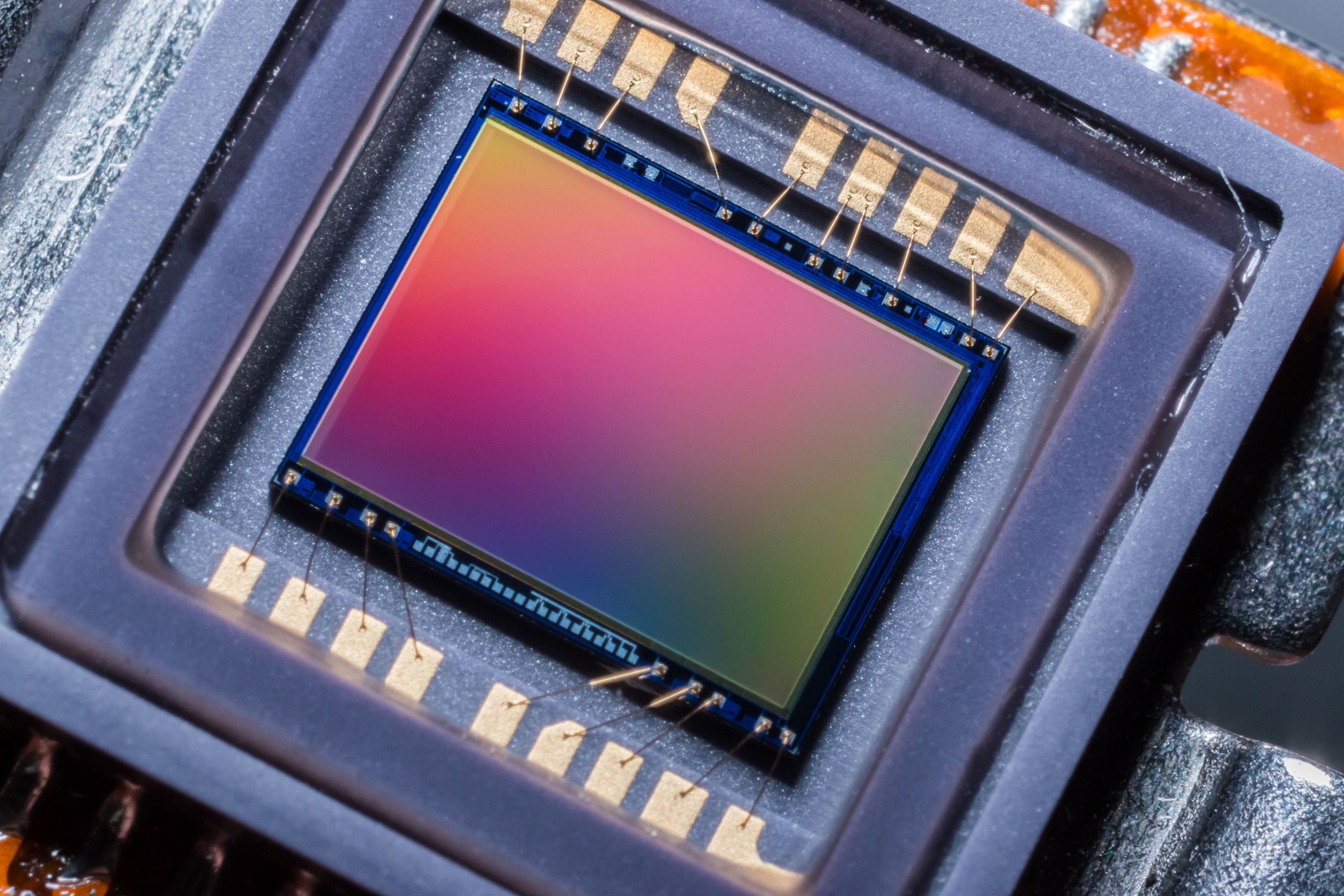
Why Sensor Size Matters When Selecting a Camera for an Imaging Application
When selecting a camera for an imaging application, the size of the camera’s sensor is an important consideration as sensor pixel size is directly related to its sensitivity. Sensor sizes, however, are not exactly as they may seem. A 1” sensor is indeed larger than 1/2” sensor but it does not measure exactly 1 inch in any of its dimensions including diagonally.
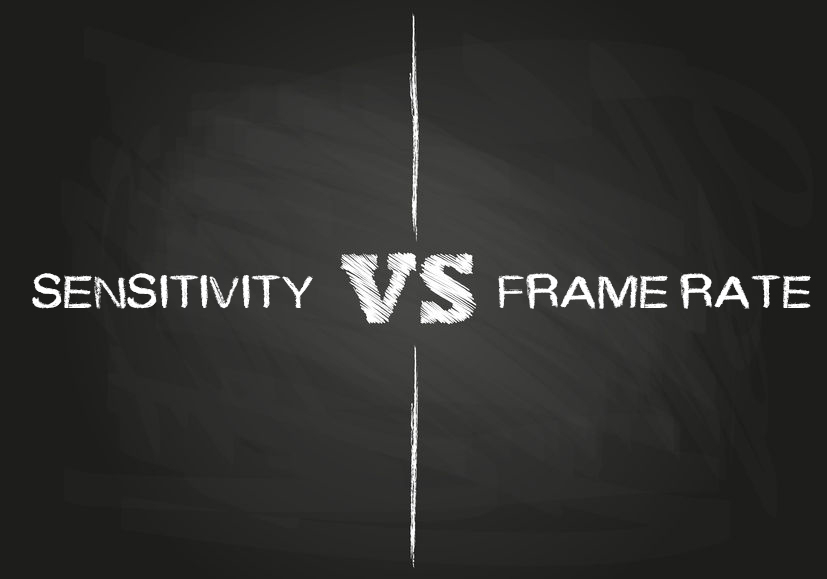
Sensitivity vs. Frame Rate in Low Light Imaging

An In-Depth Look at Bit Depth
The bit depth of a camera defines the number of distinct shades that are available for each pixel. Many imaging applications don’t require a bit depth of more than 8 bits, however when color accuracy is needed, high bit depth is key in detecting the slightest deviation from specific color tones. For instance, when inspecting paint in automotive assembly lines, high bit depth allows the industrial camera to perform the analysis with greater accuracy.
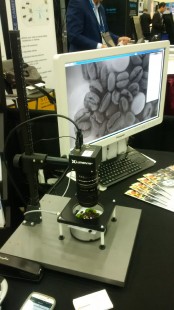
Using NIR for Inspection Applications
This week, Lumenera is at the SPIE Defense + Commercial Sensing show demonstrating our Lt16059HM, a USB 3.0 industrial grade 16 MP CCD large format monochrome camera with Canon lens and a visible light blocking filter. Using an 850 nm NIR light ring we will be demonstrating how the camera can help differentiate organic vs inorganic matter in inspection applications. The detail and sensitivity at this wavelength is a result of our superior camera design that does not contain infrared filters, anti-aliasing filters or data altering firmware commonly found consumer camera systems.

